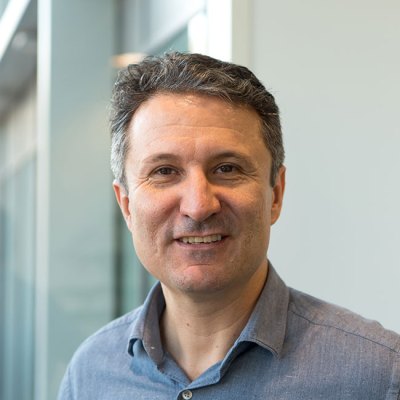Towards 2040 – a vision for the future of ophthalmology
Home monitoring devices for ophthalmology
I will focus on home monitoring devices and the patient journey when using them. Elevating the journey is valuable for product differentiation and crucial to market adoption. New treatment options must respond to two main objectives. One, reduce the number of touchpoints between the patient and healthcare provider and two, increase the patient’s independence by allowing them to self-manage their treatment.
These very welcome and powerful benefits often benefit and sometimes necessitate the need to monitor the patient remotely, so that the healthcare provider is alerted to the need for intervention when necessary. This brings me to a vital question: what is the key to unlocking successful home monitoring in ophthalmology? I have a succinct answer to this multilevelled and complex problem – seek the broadest possible viewpoint and tap into a comprehensive blend of competencies to understand the task expected from the device, and make sure it does that task perfectly and seamlessly.
As the graphic here shows, a new hypothetical kind of home monitoring device relies on system design that encompasses a great swathe of influences. The patient group and the visual need in question are just the beginning. Devices to be used at home need to deeply understand the behaviours and journeys of the patient and their support network. They must consider important usability factors, from age to mobility, serviceability and much more besides.

Smartphones and tablets lend themselves to visual tests such as the classic Snellen eye chart, colour vision tests, the Amsler grid test and so on. The team here at Cambridge Consultants has plenty of experience in this area, including the development of an innovative perimetry testing concept capable of offering simple, affordable and fast glaucoma screening. It’s a smart approach, by the way, to consider gamifying a test – which is a great way to improve patient engagement and adherence.
Home monitoring innovation
I’ve taken part in many ‘smartphone versus standalone’ debates when it comes to home monitoring innovation. Take an application such as fundus photography, for example. It can be achieved with the camera of a smartphone along with a simple lens/flash adaptor. This approach has a lower development cost and quickens time to market. But on the downside, it is difficult to use unassisted, gives a very small field of view (up to 10°) and does not give access to the raw data that’s needed for better analytics.

My advice would always be to consider market and user needs, and don’t leave out any of the other stakeholders involved in that patient’s journey so that the most appropriate medical device can be deployed accordingly. Stakeholders downstream that may use the data in the future must also be considered. We often work in silos as an industry and forget that the patient has to move between silos. We must facilitate their journey.
Optical coherence tomography (OCT) imaging is an example where a smartphone is not suited to collecting data. Here, a home monitoring system would require the specialised technology of an independent, standalone device to collect and process the data. Technical, ergonomic and safety considerations dictate the form factor of the device. For example, head-worn versus tabletop devices are both possible options, but factors such as age group, dexterity, lifestyle and frequency of data collection would need to be carefully considered.
Certain parameters may need to be monitored very frequently, making a strong argument for smart implant devices that can monitor eye health continuously. Intraocular pressure (IOP) is a case in point, as it varies significantly across the day. In glaucoma patients, an implant to monitor IOP day and night will significantly improve their care and outcomes. But once again, specific product specifications will be dictated by a host of factors, all of which need to be understood before development begins.

As I said at the start, an exciting race for success is definitely on – but I’d urge entrants to pause long enough to view their potential opportunities from the broadest possible perspective. And don’t forget that the patient needs to walk from one form of care to the next on their journey. Data, efficiencies, improved quality of care and so on will need to travel with them. We cannot stay disconnected and siloed any longer.






